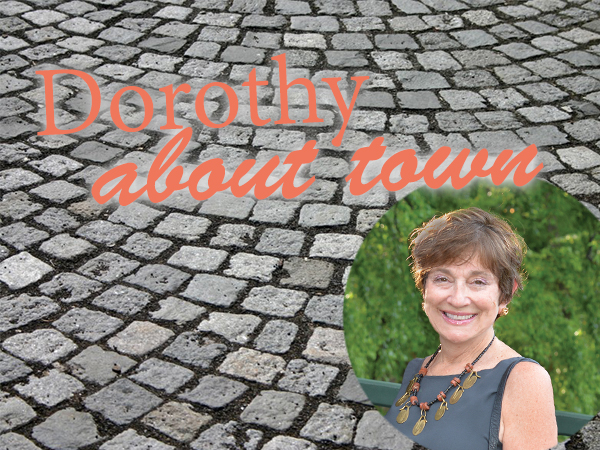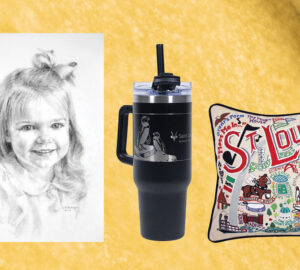Judging from the popularity of ancestral testing, people certainly are interested in connecting with their heritage. For some families, that means enrolling the kids in, say, Irish dancing. For others (many others), it means recreating favorites from Grandma’s kitchen. But getting back to roots can be especially hard for some groups, like those historically displaced and decimated; think African Americans, American Indians and European Jewry. There may be precious little left to help them touch the past.
That’s why I was so intrigued by the recent Celebration of Yiddish Culture held at Crown Center, a senior housing community in University City whose population includes many elderly, European Jewish immigrants. (Yiddish, the onetime universal Jewish language, is a dialect of German, but the word also is used to refer to the old village way of life.)
The afternoon included Yiddish music, skits based on the traditions of Yiddish theater and a luncheon that underscored just how integrated Jewish food has become in America. Can you believe that as recently as 1960, only about 10 percent of Americans were familiar with bagels? (That’s according to guest speaker Margie Kahn, food columnist for the St. Louis Jewish Light.) And that’s just the most obvious example; Yiddish speakers also introduced America to knishes, challah, blintzes, rugelach and countless other starchy treats.
But the sold-out crowd of 120 at Crown Center didn’t come only to eat. After all, there aren’t that many opportunities to hear sounds from their collective past—accents, melodies and phrases that connect them to long-gone relatives. The Yiddish language and all things related to it weren’t much in fashion during the decades when Jewish immigrants yearned to fit into their new homeland. They were busy shedding the old and exposing their families to all things American. Now, their offspring seek out bits and pieces of that heritage.
What goes around really does come around. Seventy years after suffering unspeakable persecution and loss, ‘Yiddishkite,’ it seems, is coming into fashion. Klezmer bands (not necessarily ones composed of Jewish musicians) are performing in unlikely places, like the YMCA in St. Charles. These groups play the traditional Yiddish music of pre-war Europe. And the largest annaul Yiddish festival in the world takes place not in Brooklyn or Tel Aviv, but in Krakow’s former Jewish quarter, started in 1989 by two non-Jewish Poles.
Back at Crown Center, there is a twice-monthly Yiddish language class, and the occasional Yiddish film with discussion afterward. This year’s Hanukkah celebration will feature a Klezmer band. So bit by bit, the progeny of European Jewry (and anyone else) can be touched by this particular ancestral past.








